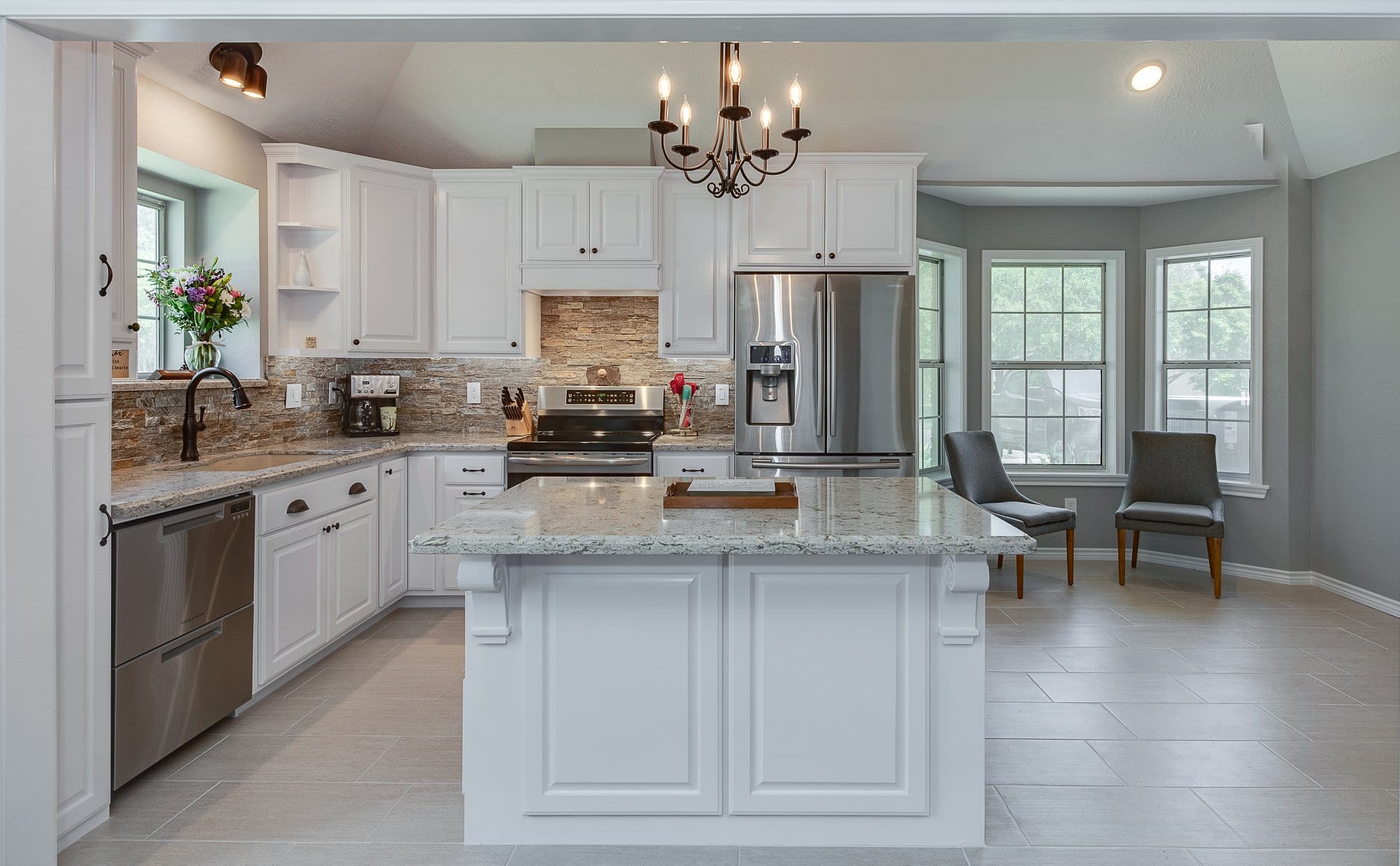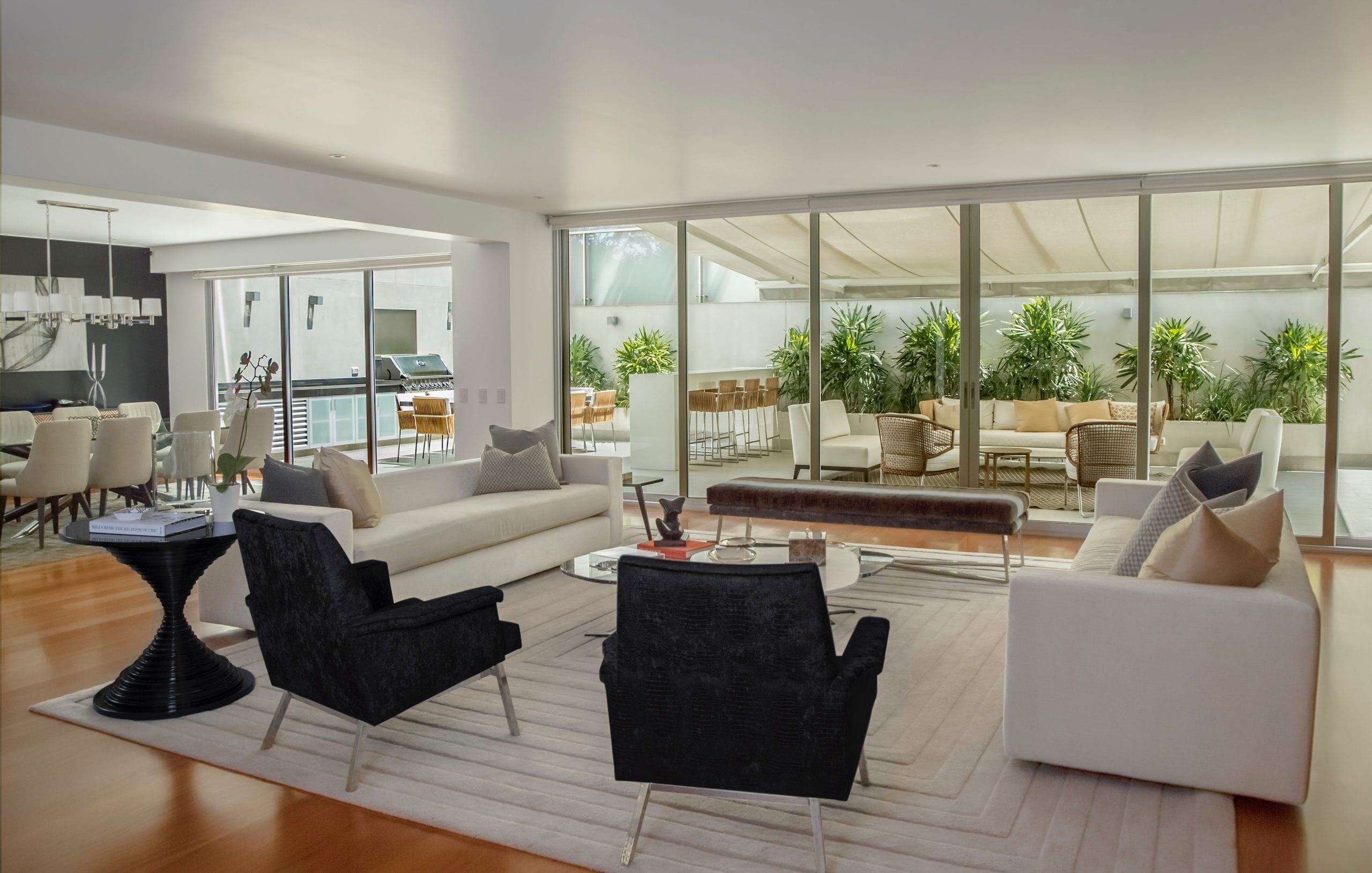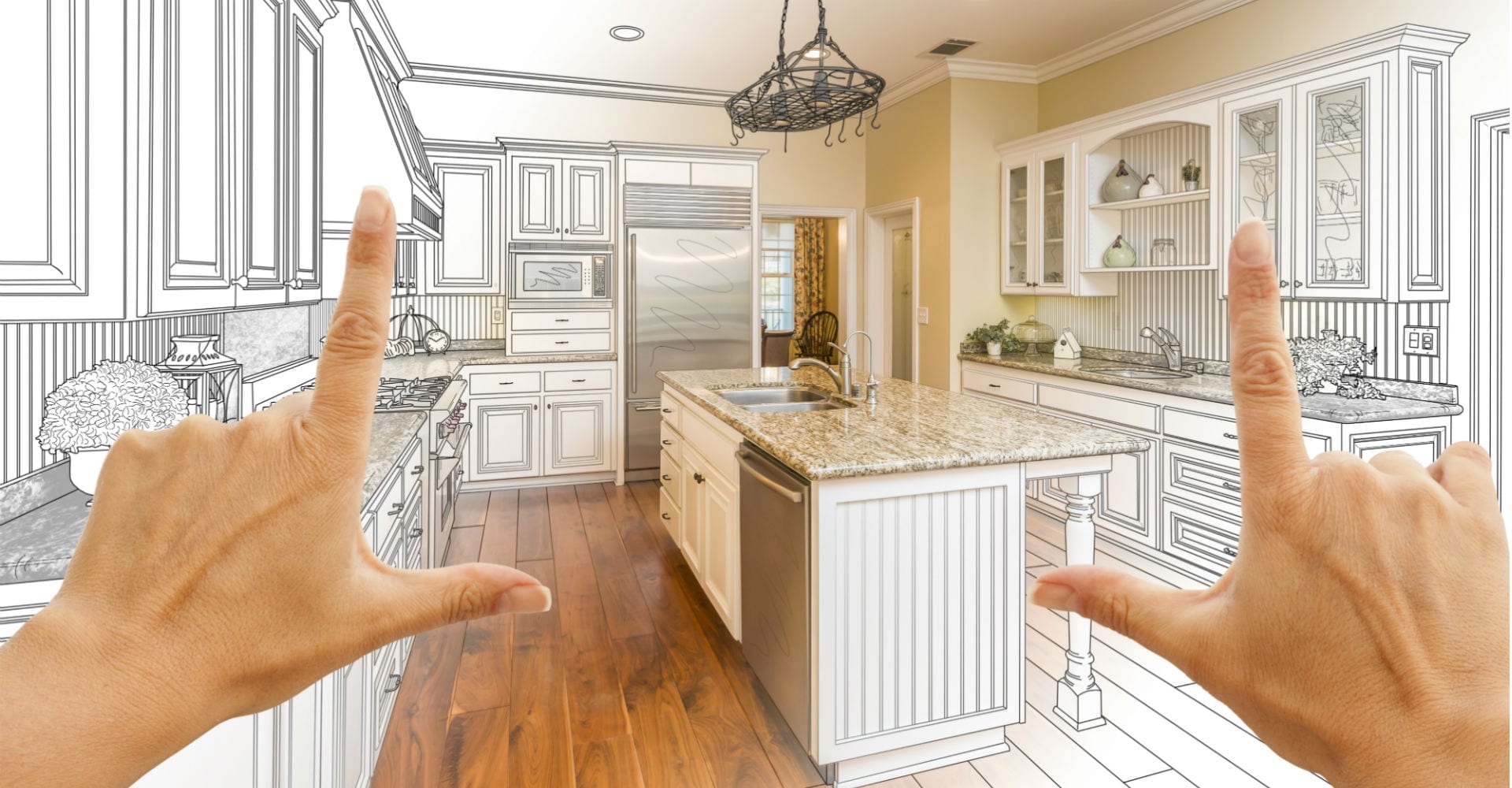
A porch addition in Bryan / College Station, by Stearns Design Build. Another option could have been to add a breezeway.
What other building types and techniques from the past can direct our development of green building? Let’s take a look at the “dog run” or “dogtrot” house. This type of building contained two separate rooms or structures that were connected by a single large roof. The connection created a breezeway or “dogtrot” between the structures that pulled cooler air through the space and created a pleasant, covered outdoor area. “Dogtrot” houses normally had front and back covered porches that shaded windows which were often left open to similarly draw breezes through (since at the time air conditioning didn’t exist). The open covered breezeway also separated function, as one structure was normally used as a cooking and eat-in space, with the other being a private living area or bedroom. So what ideas can we take from this building to use in Bryan-College Station house design? Definitely the idea of having an outdoor covered area that facilitates breezes. It provides a place to connect with the outdoors and also helps to cool flanking buildings by wicking away heat. Since breezes can be unwanted in the winter, a method could be developed for closing off this space when the weather turns chilly, truly making it an indoor-outdoor area. Also, in more of a design theory approach, we can learn from the distinction of private and public areas of the house and think of ways to interestingly connect them. This creates transitions and relations that add dimension and functionality to spaces in the home. In the future this might also facilitate efficiency, by being able to focus a majority of energy to certain separate areas of the house at certain times while others areas are not in use. (Just like the lights in the freezer sections of grocery stores that only turn on when you walk down the aisle!) Possibly a crazy thought, but then innovations begin by thinking beyond the norm!









